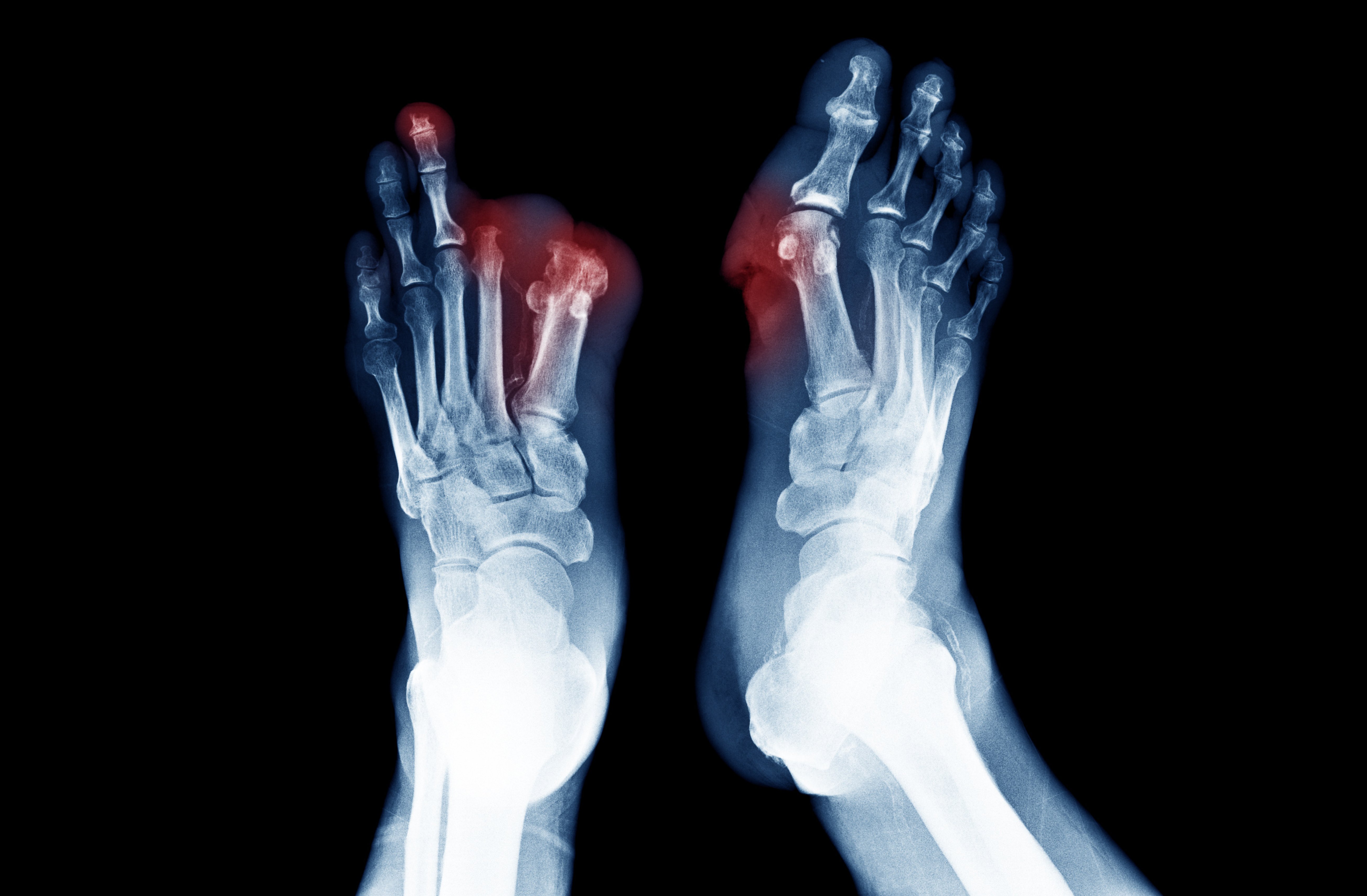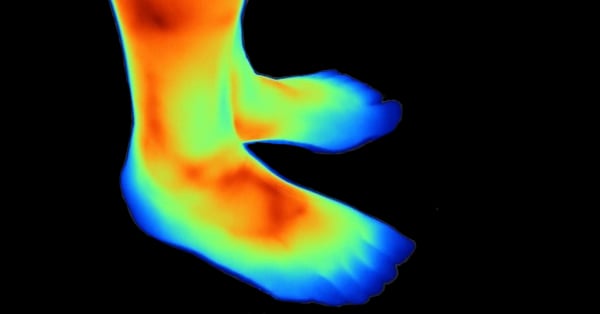Topics: Peripheral Artery Disease, Atherectomy
Many current smokers understand there are health risks that are associated with continuing smoking. However, did you know that smoking cigarettes leads to an increased risk of peripheral artery disease (PAD)? Here is everything you need to know about smoking and peripheral artery disease.

Smoking is a Risk Factor for PAD
Peripheral artery disease is the buildup of plaque inside the arteries that blocks the blood flow to the legs and feet. This is a very serious disease that can have negative ramifications for the health of the patients. Smoking is the only avoidable risk factor of peripheral artery disease.1,2
In addition, 90% of patients with PAD are current or ex-smokers.3,4,5 Although coronary artery disease increases your risk of developing PAD, smoking is much more significant risk.6
Benefits of Quitting Smoking
Although quitting smoking is always good for your health in general, it can also help slow the development of peripheral artery disease. In fact, if a patient with PAD quits smoking their long term survival rate increases significantly.
Research has found that the 10-year survival rate was 82% in ex-smokers with PAD compared with 46% in current smokers with PAD. 7In addition to increased survival rate, some studies have suggested that symptoms of peripheral artery disease improve after a smoker quits.6
Patients who smoke cigarettes also have a significantly increased risk for atherosclerosis.

Negative Effects of Smoking on PAD
Cigarette smoke contains more than 4,000 compounds, many of which are toxic.The compounds that get the most attention are nicotine and carbon monoxide.6 However, recent research has suggested that components of cigarette smoke other than these may be the true culprits in atherosclerosis.8
The toxins found in cigarette smoke can cause damage along the different biochemical pathways in the body. Toxins from smoking can cause internal injuries and worsen peripheral artery disease.6
In addition to the damage that smoking can cause, smoking is also a major risk factor for developing the worst form of PAD, known as critical limb ischemia (CLI).6
Critical limb ischemia is defined as severe plaque blocking the arteries of your lower limbs like your legs and feet. Some of the symptoms of CLI include pain in the legs while at rest, ulcers or gangrene. In Fact, 70 to 90% of patients with critical limb ischemia currently smoke or are ex-smokers.9,10,11
In some cases, the worst effects from smoking is that it may require you to get an amputation. Amputations are more common in patients with PAD who have been heavy smokers than in patients who did not smoke.12
“…it is of utmost importance that patients with intermittent claudication stop smoking.” - T. Jonason, MD
Conclusion:
It is clear that smoking cigarettes negatively affects patients with peripheral artery disease. If you are a current or ex-smoker and are experiencing symptoms of PAD, Lumivascular atherectomy may be the best option for you.
A Lumivascular atherectomy helps your doctor see inside your artery and safely remove plaque and restoring blood flow to your legs and feet.
Helpful resources:
- PAD Patient Guide – our eBook will explain what PAD is and how to treat it.
- PAD Patient Webinar – In depth presentation from Dr. Jaafer Golzar
- Patient Stories – Watch how patients like you have overcome their symptoms.
- Find a Doctor – Find a Lumivascular Doctor near you.
If you have found this article helpful, please don’t forget to share!
References:
- Kannel, et al. Update on some epidemiologic features of intermittent claudication: the Framingham Study. J Am Geriatr Soc. 1985;33(1):13-18
- Surgeon General. The Health Consequences of Smoking: Cardiovascular Disease. Rockville, MD: US Dept. of Health and Human Service;1983.
- Juergens, et al. Arteriosclerosis obliterans: review of 520 cases with special reference to pathogenic and prognostic factors. Circulation. 1960;21:188–195.
- Lord JW. Cigarette smoking and peripheral atherosclerotic occlusive disease. J Am Med Assoc. 1965;191:249–251.
- Faulkner, et al. The effect of cessation of smoking on the accumulative survival rates of patients with symptomatic peripheral vascular disease. Med J Aust. 1983;1:217–219.
- Lu, et al. The Relationship of Cigarette Smoking to Peripheral Arterial Disease. Rev Cardiovasc Med. 2004;5(4):189-193
- Jonason, et al. Cessation of smoking in patients with intermittent claudication. Effects on the risk of peripheral vascular complications, myocardial infarction and mortality. Acta Med Scand. 1987;221:253–260.
- Benowitz, et al. Cardiovascular toxicity of nicotine: implications for nicotine replacement therapy. J Am Coll Cardiol. 1997;29:1422–1431.
- Kannel, et al. Update on some epidemiological feature of intermittent claudication: the Framingham Study. J Am Ger Soc. 1985 Jan;33(1):13–8.
- Kannel, et al. Latest perspectives on cigarette smoking and cardiovascular disease: the Framingham study. J Card Rehabil. 1984;4:267–77.







